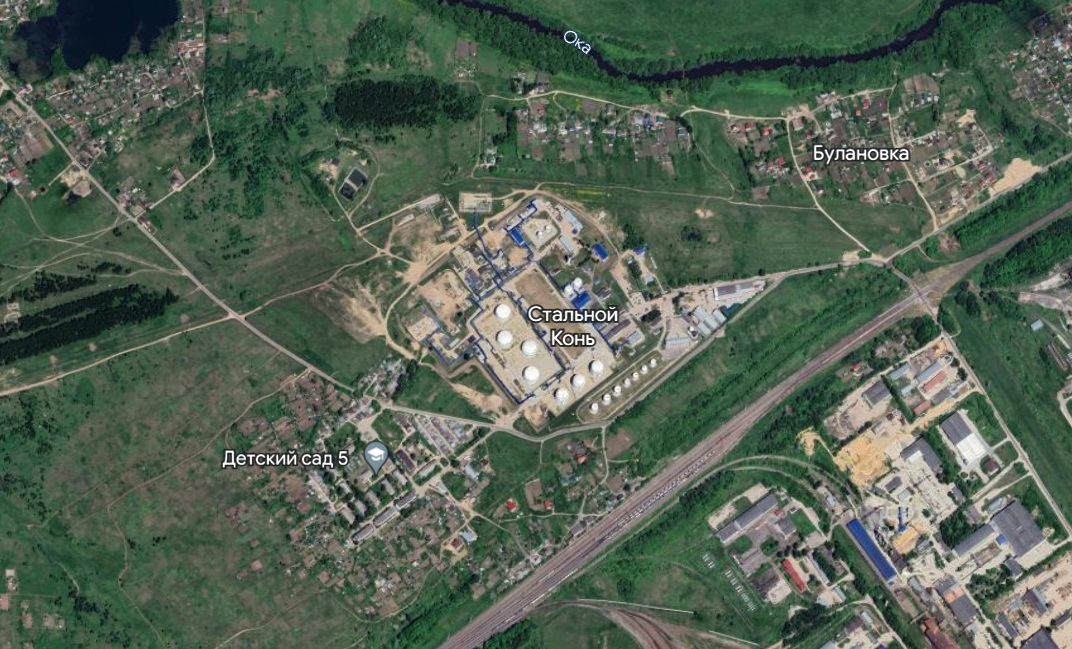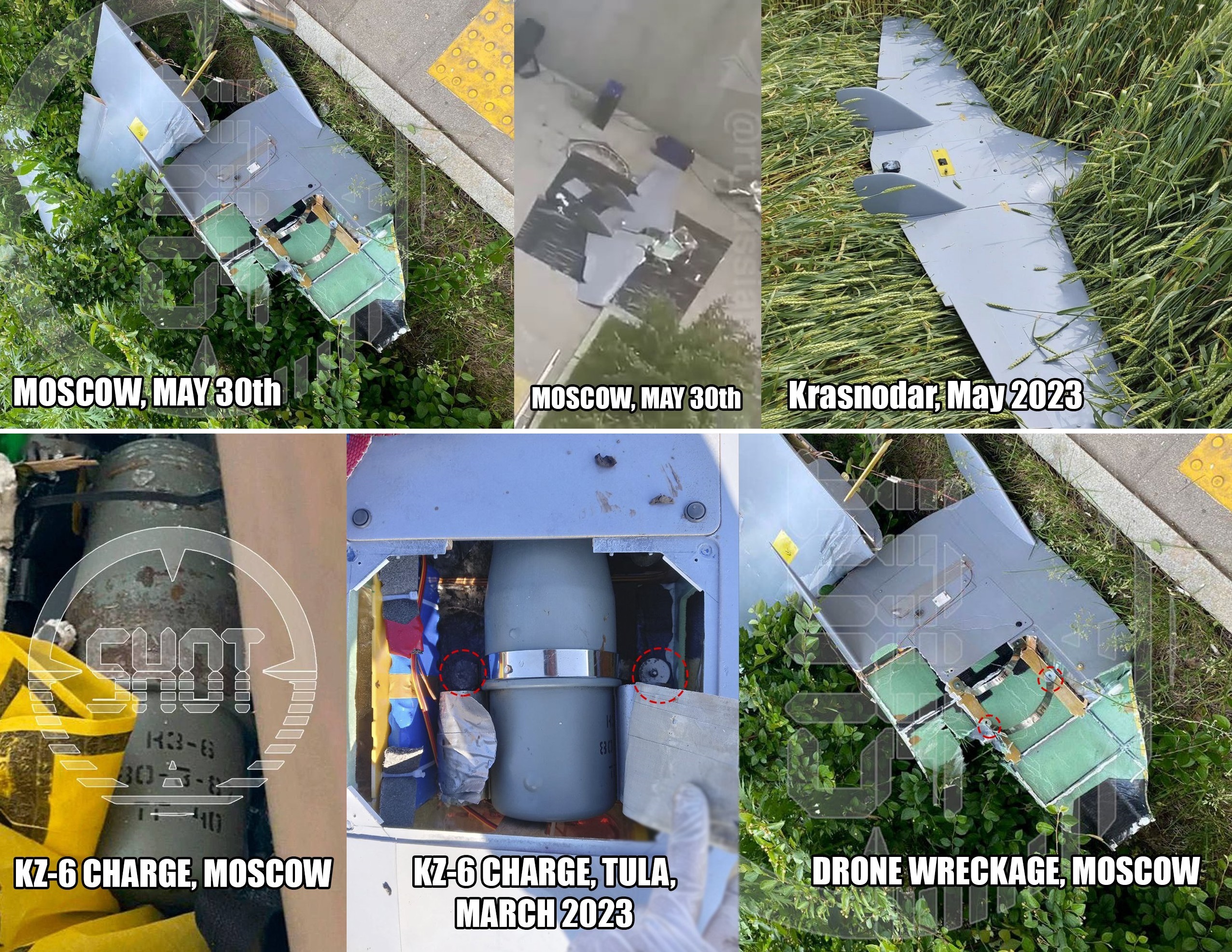
The Black Box, a joint secret project of the Defence Intelligence of Ukraine (DIU), the Come Back Alive Foundation, and blogger Ihor Lachenkov, caused more than $700 million in losses to the Russians. This was stated by the press service of the DIU.
The aggressor country, for example, could purchase with this money nineteen Su-34 fighter-bombers or three Steregushchiy-class corvettes.
Black Box became widely cited on November 15, 2022, when the DIU released information that the previously undeclared project caused millions of dollars in losses to the enemy.
“Given the secrecy, we can’t reveal the details of this cooperation, but its results will definitely affect the battlefield. According to our estimations, only in October, the project, which we call Black Box, cause millions of dollars in damage to Russians. Together with philanthropists and all not-indifferent Ukrainians, we will continue to influence the combat capability of the enemy,” said Major General Kyrylo Budanov, chief of the DIU.
It’s still unclear whether drones manufactured as part of the Black Box project were involved in the explosions that occurred on the territory of the Russian Federation from November 2022 to May 2023. Perhaps the details of these incidents will be revealed to the public later.

On the same day, the Come Back Alive Foundation and blogger Ihor Lachenkov scaled the project up to 230 million hryvnias.
The results were not long in coming. The next day, November 16, an explosion occurred in the Oryol Oblast of the Russian Federation. An oil depot in the village of Stalnoy Kon burst out.
“Today at about 4 in the morning, a suspected unmanned aerial vehicle detonated an oil depot in the village of Stalnoy Kon. There are no casualties. Emergency services are working on the spot,” the Russians informed.

On the evening of November 22, residents of temporarily occupied Sevastopol in Crimea heard explosions and gunfire, and at 18:00 local time, representatives of the occupation authorities stated the following: “A drone attack is ongoing. According to preliminary information, two UAVs have already been shot down. All forces and services are on standby.”
On December 5, Russian sources said that an unknown drone attacked an Engels-2 airbase, where Tu-95MS strategic bombers launching missile attacks on Ukraine were based.
According to Russian sources, on the morning of December 5, an unidentified aircraft fell on the runway of a local airbase, causing damage to two aircraft, information about which is not specified. It was also reported that two people were injured and were taken to a local hospital.
Subsequently, satellite images of the airbase in Engels appeared on the web, confirming that at least one Tu-95 suffered damage and probably caught fire.

The entire Ukrainian society joined fundraising for the Black Box project: common citizens and Ukrainian businesses. Among the companies that donated large amounts of funds were PLVision, EVA, Intellias, COMFY, Sombra, Uptech, MTI hi-tech distribution, Uklon, ELEKS, etc.
The amount was raised quite quickly, and the completion of the fundraising was announced on the Facebook page of the Come Back Alive Foundation on December 13, 2022. It took just 28 days to collect UAH 230 million.
On December 26, new explosions sounded on the territory of the Russian Federation. It was another attack on the air base in Engels, in the Saratov Oblast of Russia. Before the explosions and the flash, which were recorded by the cameras, a sound similar to the operation of a jet engine was heard.

In the morning, the Russian Ministry of Defense said that a Ukrainian drone was allegedly shot down at about 1:35 Moscow time or 0:35 Kyiv time on approach to Engels. As a result of the fall of debris, three Russian soldiers died, and equipment at the airfield was not damaged.
“As a result of the fall of the drone debris, three Russian technical personnel who were at the airfield were fatally injured,” the invaders said.
The morning of February 6, 2023, was a shock for the Russians: an unknown Ukrainian drone, which according to Russian media reports carried an OFAB-100-120 bomb, exploded near the city of Kaluga, which is only 160 kilometers from the enemy’s capital.

Since that day, the number of unknown UAVs recorded in the Central Federal District of Russia has only grown.
In February-March, the Russians reported drone attacks on the oil depot near Tuapse in the Krasnodar Krai and the Transneft-Druzhba oil storage facility in the Belgorod Oblast.
Two incidents became the apogee of the repeated explosions near Moscow in early 2023. The first one was the fall of an unknown UAV on February 28, similar to the UJ-22 Airborne produced by the Ukrainian Ukrjet company, near the village of Gubastovo in the Kolomensky district. The drone fell just a hundred meters from the Voskresensk gas compressor station.

The second incident was an explosion in the suburbs of Kolomna on March 2. The local residents heard the sound of a jet engine there. It is known that an ammunition depot (UIN 63184) was located south of the city of Kolomna, and a strategic military communications facility, Lukhovitsy-3, was located to the southeast. In addition, the center for unmanned aviation of the Ministry of Defense of the Russian Federation was located in Kolomna.
After that, in March, drones attacked Dzhankoi, and in April Belgorod airport and the military commissariat in the Bryansk region were attacked.
On May 3, three enemy targets were attacked at once: an oil depot in the Krasnodar Krai, a military air base in the Bryansk Oblast, and Putin’s residence in Moscow.
The Russians reported that five UAVs were used to attack the airfield; two of them were allegedly destroyed with small arms, and two more exploded on the territory of the airfield. One more drone could not be detected.
Putin’s residence in Moscow was attacked by two drones, which ruptured over the dome of the Kremlin Senate.
Meanwhile, Russian propaganda insisted and stressed that Moscow was attacked for the first time since World War II.
The month of May was also very “fruitful” in terms of reports of UAV attacks in the European part of the Russian Federation and the temporarily occupied territories of Ukraine. On May 7, according to occupation authorities, about 10 drones attacked Sevastopol, one of which fell near Cape Fiolent.
On May 26, the Russians said that Krasnodar had been assaulted by drones once more. A video of the flight of one of the drones was recorded by local residents.
Residents of the region found a drone of the flying wing scheme among the fields, which exploded after the arrival of special services.
“In an hour, when police and special services officers began to come to the scene of the drone detection, the drone exploded. According to preliminary data, no one was injured in the explosion,” the Russian Telegram channel reports.

On May 29, the UAV attacked an oil depot near Cossack Bay, in Sevastopol. According to the estimates of the occupation administration of the Ukrainian city, the fire area amounted to 1000 square meters. It was assigned four ranks of complexity.
On May 30, Moscow, according to the Russian publication Baza, was attacked by about 25 UAVs, which, judging by eyewitness videos, had a ‘duck’ wing configuration.
Drones were spotted in the areas of Nemchinovka, Odintsovo, and Barvikha. There were also reports of drones flying in the direction of Moscow from the side of Novaya Riga.
Another drone flew into the upper floors of a residential building in Moscow on Profsouznaya Street; the facade and windows of the building were damaged.
“Early this morning, a UAV attack caused minor damage to several buildings. All emergency services in the city are on the scene. They find out the circumstances of what happened. Currently, no one has been seriously injured,” said Moscow Mayor Sergei Sobyanin.
Based on eyewitness reports, the Militarnyi editors prepared a map of the fixation of drones over Moscow.

There are quite a few candidates for the role of drones that can be part of the Black Box project. Judging by the reports of eyewitnesses who heard the sounds of the jet engine before the explosions and recorded the debris, one of these UAVs may be the Tu-141 Strizh. It was adopted by the Soviet army in 1979.

Strizh UAV, according to its main design idea, is an operational-tactical drone intended for reconnaissance to a depth of 400 kilometers beyond the front line. Its maximum range is 1,000 kilometers.
Such a drone was equipped with photo and infrared reconnaissance tools. This allowed to use it under any conditions and at any time of the day. Serial production of the Strizh UAV began in 1979 at the Kharkiv Aviation Plant.
To defeat ground targets, a drone was modified, after which the reconnaissance equipment and a landing system were dismantled, and instead, apparently, a new inertial system with GPS correction was integrated, as well as a built-in warhead.
Another component of the Black Box might be the J-22 Airborne, produced by the Ukrainian company Ukrjet; breakdowns similar to those of the components of this UAV were previously found near the village of Gubastovo in the Kolomensky district.

The UJ-22 Airborne is a multi-purpose unmanned aerial system capable of carrying 82-mm mortar rounds to defeat enemy manpower, facilities, and equipment. For the first time, it was shown at the International Trade Fair “Arms and Security.”
The drone has two flight modes: real-time radio command and autonomous. It can fly about 100 kilometers in the first mode and 800 in the second.
The third UAV that might be involved in the project is considered Bober (Beaver – ed). Its characteristic features were noticed on drones attacking Moscow.
Videos released from Moscow showed that one of the drones, which flew over Rublyovka, had a ‘duck’ wing configuration with a piston engine that drives the push propeller at the rear.
The name of the fourth UAV, which can be included in the Black Box project, is still unknown. It is known to have a KZ-6 shaped charge, which was designed to penetrate armored vehicles or walls.
It is believed that the working range of this Ukrainian drone of unknown purpose is 600-1000 km.
For the first time, such a drone was recorded in the Tula region in March 2023. It was also used to strike the Ilsky oil refinery near Krasnodar.

Ukrainian society, with its own hands, created a “weapon of revenge,” which can affect enemy objects at a distance of more than 400 kilometers from the borders of Ukraine. Small size, quietness, and low flight altitude allow these drones to pass undetected through enemy air defenses. The cost of the objects impacted by these drones exceeds the cost of the drones by more than 100 times.
Підтримати нас можна через:
Приват: 5169 3351 0164 7408
PayPal - paypal@mil.in.ua
Стати нашим патроном за лінком ⬇
Subscribe to our newsletter
or on ours Telegram
Thank you!!
You are subscribed to our newsletter